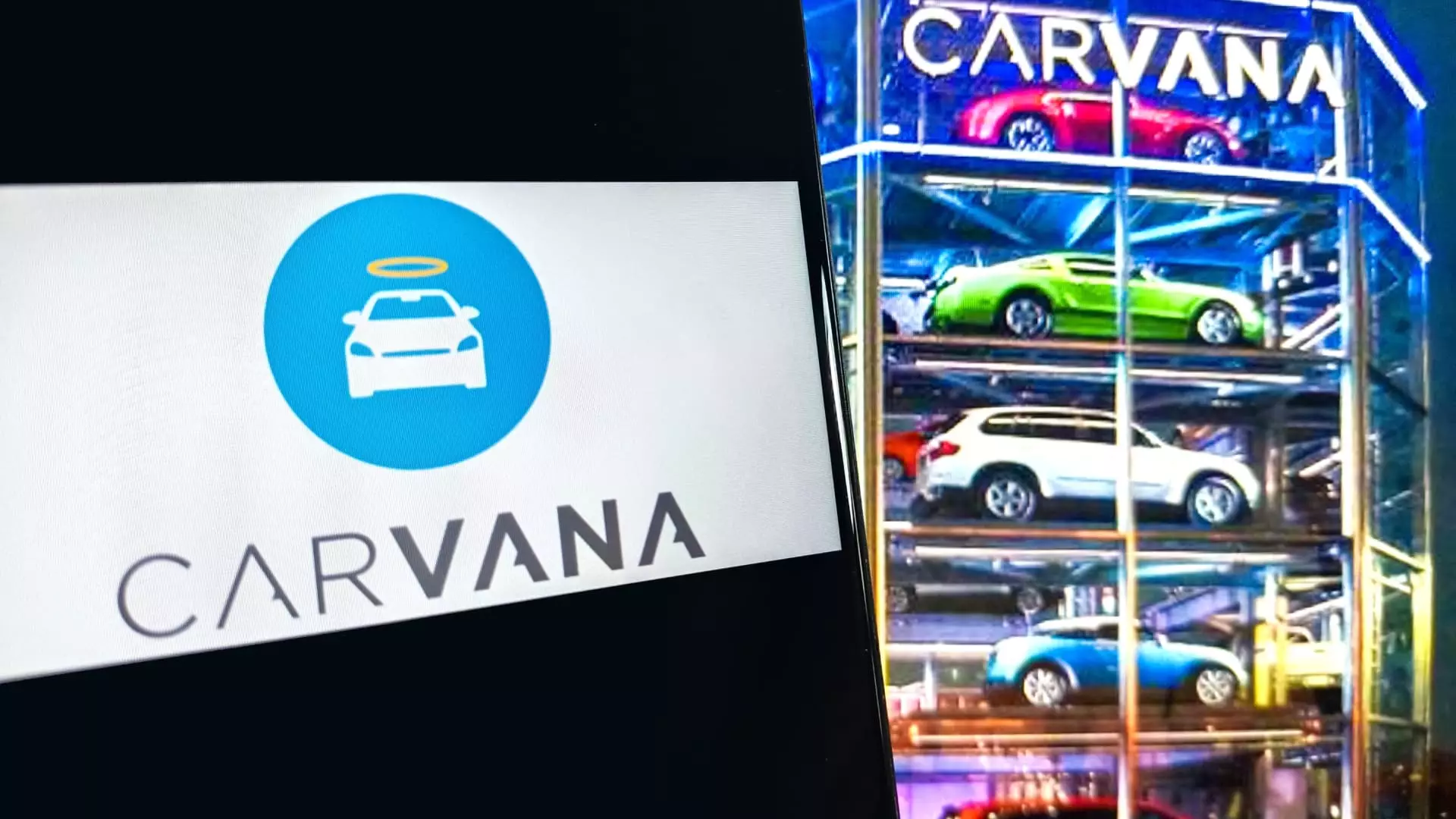The world of finance never ceases to intrigue, especially when short sellers like Hindenburg Research enter the fray. In a recent disclosure, the renowned firm has placed a spotlight on Carvana, an online platform for used cars that had been basking in the glory of a significant stock surge. However, Hindenburg asserts that what is often perceived as a successful turnaround is naught but a shimmering illusion, built on precarious loans and accounting practices that could be misleading investors.
Hindenburg’s report goes beyond mere speculation, claiming that Carvana’s financial strategies are deeply flawed. The firm revealed what they allege is a staggering $800 million in questionable loan sales to an undisclosed related party. The report suggests that both accounting manipulation and lax practices in underwriting have falsely elevated Carvana’s reported income, all while insiders—including key executives—have liquidated billions in stock holdings.
The relationship between Carvana’s CEO, Ernie Garcia III, and his father, Ernest Garcia II, who is also the firm’s largest stakeholder, adds layers of complexity and potential conflict of interest. Investors have raised eyebrows in response, fearing that under the surface of rising profits, significant discrepancies may exist.
Significantly, the report highlights an uptick in borrower extensions, which Hindenburg claims are orchestrated by the company’s loan servicer, an affiliate of DriveTime—another venture led by Garcia II. The findings illustrate a potential avoidance of reporting rising delinquency rates by granting borrowers extensions instead of addressing the root issues. This tactic, if true, could mask the true financial health of Carvana and mislead stakeholders who are attempting to make informed decisions.
This isn’t the first time the Garcia family has found itself under scrutiny. Lawsuits alleging a “pump-and-dump” scheme have emerged in recent years. In terms of historical context, it’s worth noting that Carvana transitioned from its parent company, DriveTime, which has its own complicated past—one that includes a bankruptcy and the criminal record of Ernest Garcia II, who faced charges related to bank fraud in the 1990s. Such a background inevitably breeds skepticism regarding the governance and operational integrity of Carvana.
As the dust settles from Hindenburg’s explosive claims, Carvana’s future hangs delicately in the balance. While the company has enjoyed a remarkable 400% increase in stock value during 2023, this surge may not reflect genuine operational success but rather a temporary façade supported by questionable financial practices. Investors are urged to remain cautious as this situation continues to unfold, awaiting further verification of claims and potential ramifications for both Carvana and the Garcia family. The ongoing battle between perception and reality in the financial markets illustrates the critical importance of transparency, especially in industries fraught with complexities and potential conflicts of interest.

